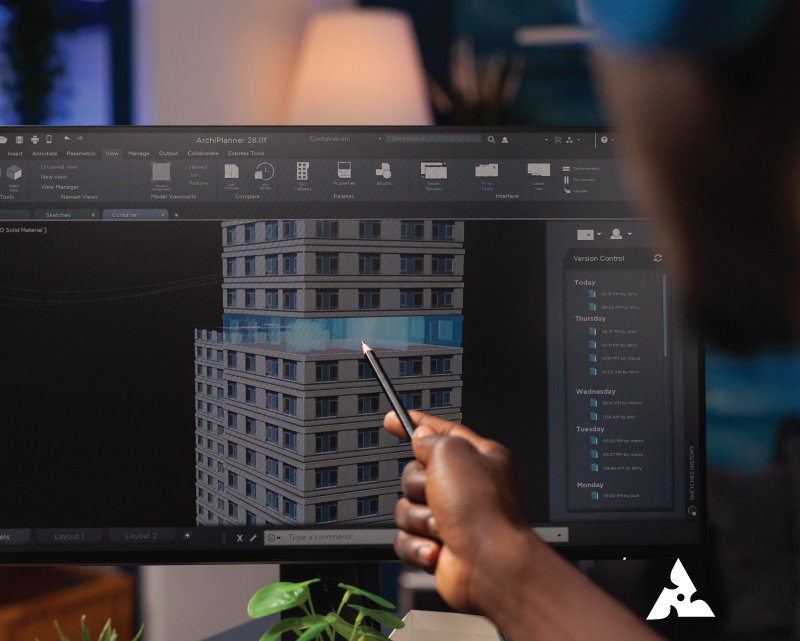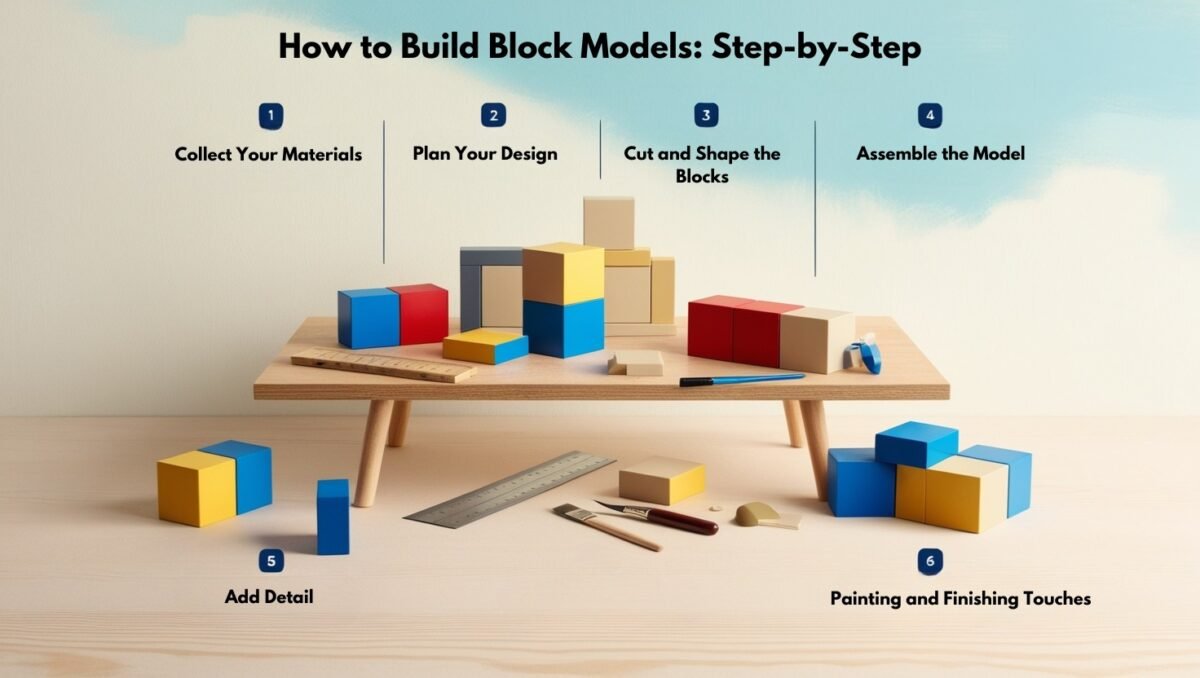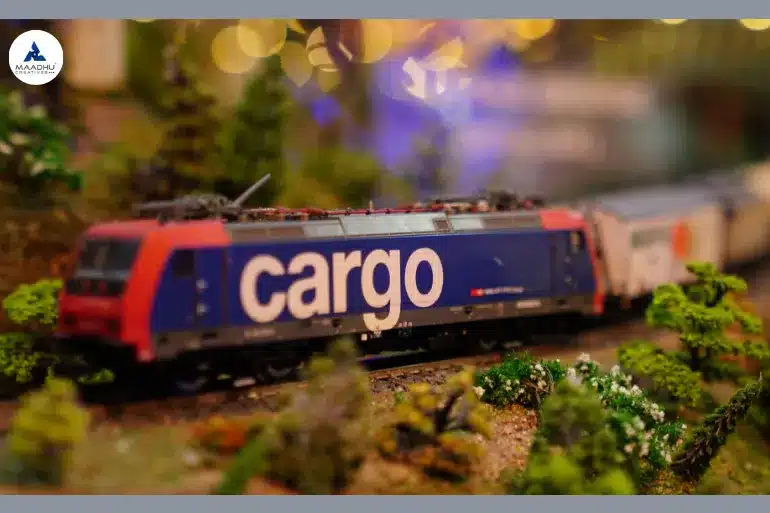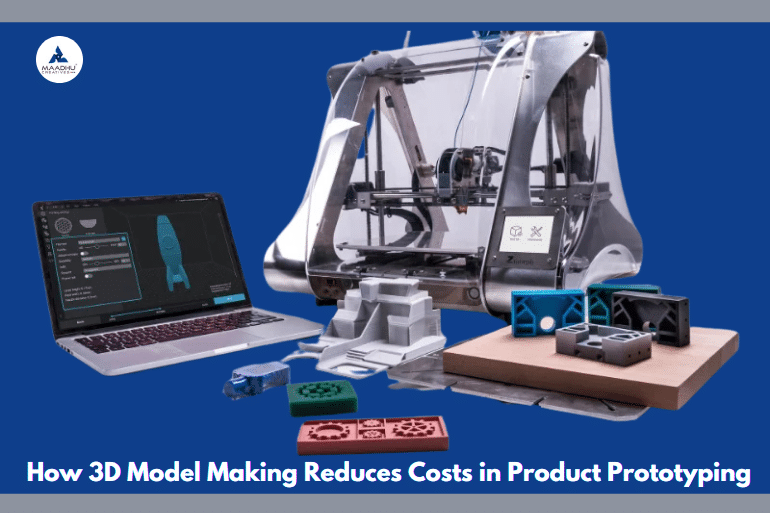Boost Your Real Estate Projects with High-Quality Scale Models Table of Contents Get A Free Quote Getting noticed in the competitive market of real estate development today is one of the hardest tasks that can ever be imagined. From showcasing a latest development to investors, developers, buyers or any other market stakeholders, high-end professional scale models have undoubtedly found their place among vital marketing weapons. They create a physical representation of the subject by which prospective buyers or investors can derive a better understanding of what they will be able to commit to or believe. In this blog, we will describe how scale models can boost your real estate project from enhanced communication, better sales, to enhanced marketing effects. Why High-Quality Scale Models Matter in Real Estate Projects When it comes to real estate projects, high-quality scale models are important. They are effective because the most important aspect of developing any project is a way of communication for all stakeholders. Investors and buyers cannot visualize the entire project through digital designs and floor plans. High-quality scale models make their experience into a real-world model and communicate the vision much better. 1. Provide a Tangible Representation of Your Project A scale model lets stakeholders touch, feel, and engage with a physical representation of your project. Unlike blueprints or digital renders, which tend to be abstract and hard to comprehend, a scale model gives a clear, tangible view of the size, layout, and appearance of the project. This makes it easier for clients to visualize the result and creates a more emotional attachment to the project, enhancing the possibilities of sales or investment. 2. Enhance Communication and Decision-Making Scale modeling promotes clear dialogue between developers, architects, and investors, as well as other stakeholders. With an actual model in sight, it will be easy for everybody involved to see and touch the design, making it easier to highlight potential issues early and allow for sound decisions to be taken quickly. In making up their minds, any changes in the design or adjustments in the layout will be made clearer through this shared point, which equally enhances collaboration among the team and ultimately helps to avoid most errors that could be costly during construction. 3. Make Your Vision More Accessible Digital tours and computer renderings are effective, but not as engaging as the physical handling of a scale model. Even digital aids facilitate imagining space, there is still no substitute for handling a model that reflects actual proportions, texture, and intricacies of a real development. It makes the client and investors feel more certain of their decision. High-Quality Scale Models vs. Standard Models High-quality scale models are for the finest. Several key advantages separate high-end models from the lower-quality basic models. Here are the differences: 1. Precision and Detail High-quality scale models are precisely made up of very intricate details. Every facet is floored from the outer surface of the building to its landscaping with the intent of carrying the true-looks and feel of the project. Specialized materials such as acrylic and high-density foam help coil all the fine details that matter. Hence, it becomes very necessary to transport that highness and uniqueness of your project. 2. Durability and Finish High-priced models come in hardened materials that withstand the test of time but still show a clean, polished finish. Those looked sophisticated and would easily handle many run-ins, making them presentation, trade show, or real estate event attendees. Oppositely, low-cost models often do not have such durability and finish, and it creates a garish impression regarding the project. 3. Interactivity and Functionality Modern high-quality scale models often also include such interactive features as LED lighting, removable parts, or even movable ones. All this makes it easier for viewers to understand how the building functions in real life. Lighting can be used to illustrate how the development would look at nighttime, or parts could be removed to reveal the interior layout. These extra bits insert a layer of depth into the interaction of potential buyers or investors with your project by creating a more dynamic and informative context. The Marketing Power of High-Quality Scale Models For real estate marketing, it is all about attraction and leaving a lasting impression. High-quality scale models are an efficient means of achieving both. Here is how these models can further enhance your marketing efforts: 1. Create a Memorable First Impression A properly made scale model has the power to instantly grab the attention of your audience. When displayed in a sales office, trade show, or investor presentation, it becomes an eye-catching focal point that attracts visitors. The grander the model, the more your project is remembered, making it stand out among a sea of real estate competition. 2. Highlight Key Features and Design Elements All real estate developments possess unique characteristics that differentiate them. Whether it’s cutting-edge architecture, green building features, or high-end amenities, a scale model enables you to highlight these distinguishing features in an accessible and visually compelling manner. A model can bring attention to parks, unique amenities, or high-end finishes, enabling clients to more easily envision how the project meets their requirements. 3. Supplement Digital Marketing Efforts While 3D renders and virtual tours are valuable marketing tools for real estate, a scale model offers a multi-sensory experience that interacts with viewers on a more visceral level. When you merge physical models with digital assets, you can offer a more holistic, immersive experience to your audience. This ensures that your marketing campaign is as powerful as it can be in driving conversions and engagement. Why Investing in High-Quality Scale Models is a Smart Decision Developing a high-quality scale model involves initial investment, but the long-term advantages make it a good choice. Here’s why investing in such models is an intelligent idea: 1. Boost Your Brand Perception The value of your scale model is an immediate reflection of the value of your brand. Through the use of a quality model, you showcase your dedication to excellence, thereby

















